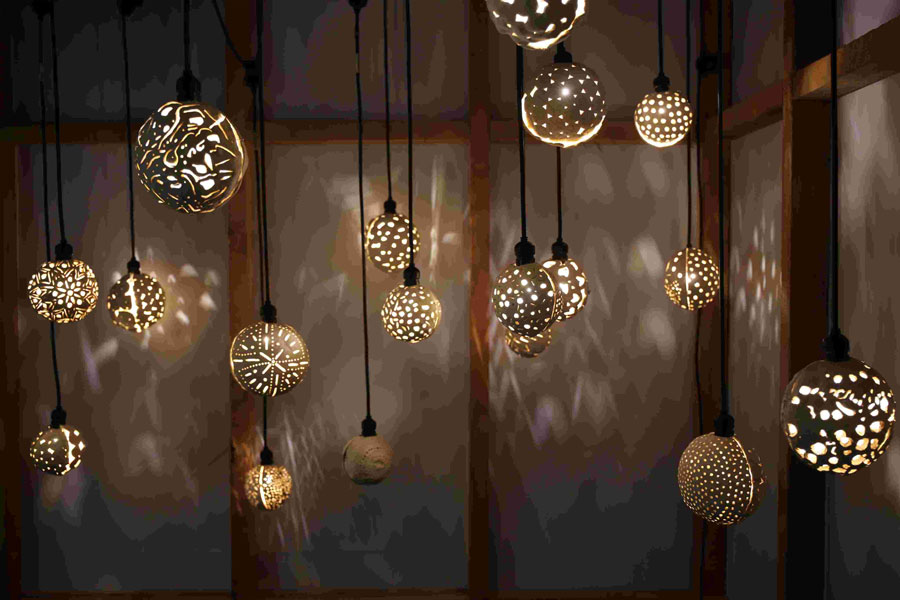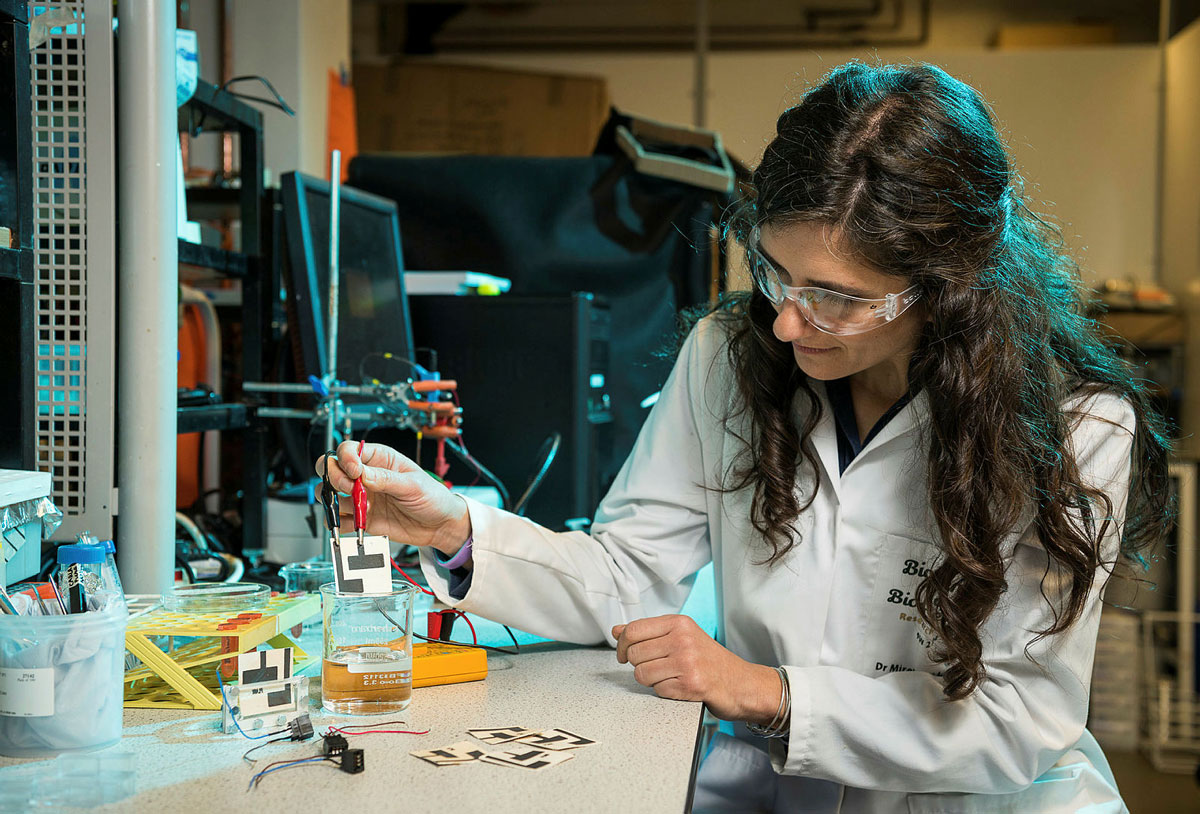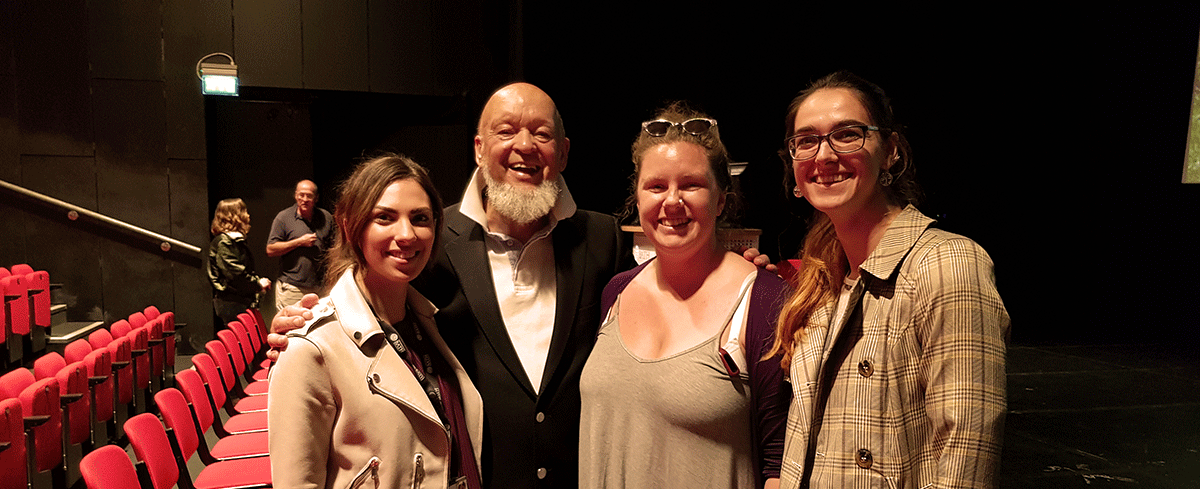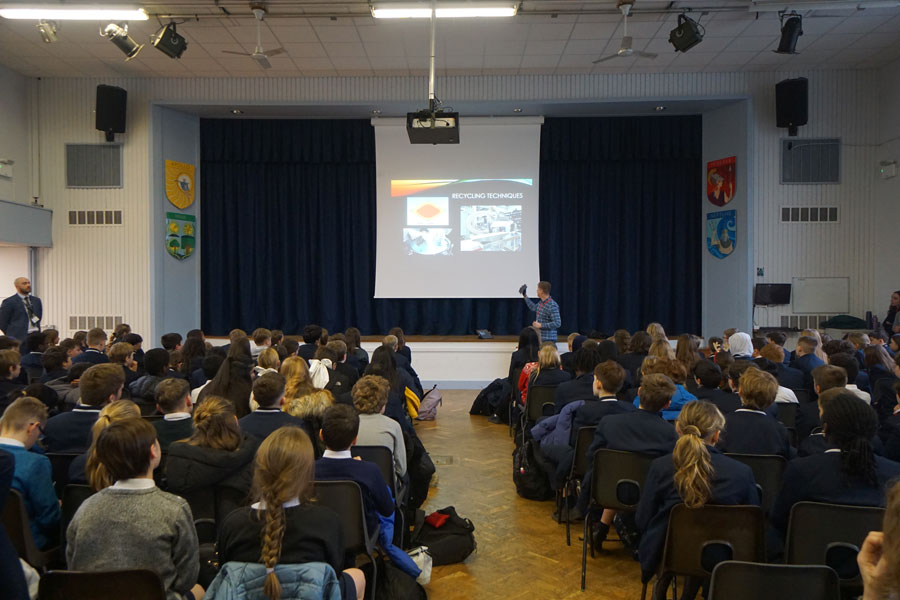
Making Connections: Students Explore Art and Science Collaboration in Creative Workshops
At the heart of our CDT’s ethos lies the belief that science doesn’t exist in isolation. Our PhD students, trained in Public Engagement as part of their program, often step outside the lab to bring their research to life in creative and impactful ways. Recently, three of our students participated in an exciting community project, collaborating with local artist Steph Tudor in the Making Connections workshop series.
This initiative, designed to explore the intersection of nature, sustainability, and creativity, involved a trio of interactive workshops:
- Cyanotype Nature Printing
Participants used UV-sensitive materials and natural elements like leaves and flowers to create stunning blue-toned prints. This workshop was guided by a Kostas Kotoulas researching how UV light can boost plant growth. Click the video below for some highlights.
This experience is highly relevant to my work with industry partners, where clear and effective communication is essential. Being able to convey my research in an accessible yet detailed manner helps me keep partners informed, fosters collaboration, and opens doors to potential new partnerships and investors.
Kostas
- Bio-Plastic Making
Under the guidance of Dom Savage studying compostable plastics, participants mixed plant-based ingredients to create vibrant, eco-friendly artworks. Click the video below for some highlights.
- Sun Lantern Making
Guided by Kyriacos Rouvas, inspired by research into nuclear fusion, attendees shaped clay into lanterns that mimic the patterns and brilliance of the sun. Click the video below for some highlights.
Our three CDT participants worked alongside community members, sharing their knowledge and curiosity. They found themselves not only explaining scientific concepts but also learning how to communicate them in more creative and accessible ways. This aligns perfectly with the goals of our Public Engagement training, which encourages scientists to inspire, educate, and connect with broader audiences.
Each workshop beautifully demonstrated how scientific concepts can inspire hands-on art while promoting sustainability. The works created are displayed at The Enchanted Gardens Light Trail in Swindon.
The project was in partnership with the Town Gardens Bowl, Swindon , The Festival of Tomorrow and The Harbour Project .
Public engagement through initiatives like Making Connections provides a unique opportunity for students to refine their communication skills, think about their research in new contexts, and forge deeper connections with the community. It’s a chance to step out of your comfort zone and discover how your scientific expertise can resonate with others.
I was drawn to this project because of my passion for bridging the gap between research and public understanding. I believe it’s vital to make science accessible and relatable, not only to inspire the next generation of scientists but also to nurture critical thinking and curiosity in a wider audience. Through this project, I had the opportunity to combine innovative research with creative engagement, demonstrating how science and art can work together to spark meaningful conversations about sustainability and innovation.
Kostas
For students considering similar projects, this is a reminder that there’s incredible value in bridging disciplines and stepping into collaborative spaces. Art and science together can spark creativity, foster sustainability, and make complex ideas accessible—and fun!
We are immensely grateful to Steph for her incredible creativity, dedication, and leadership in making this project a success.
I really loved meeting the members from the groups we worked with for this project – to witness how they engaged with the science that underpinned the creative activities, and to see people being proud of what they had created. It was great to work with the researchers from the University of Bath, to get to know their area of research, and to find ways to share their knowledge to the groups in creative and accessible ways. I think when people’s hands are busy, and information is presented in an informal and interactive setting, ideas can be digested in different ways and on varying levels. I think we achieved that here!
Steph







